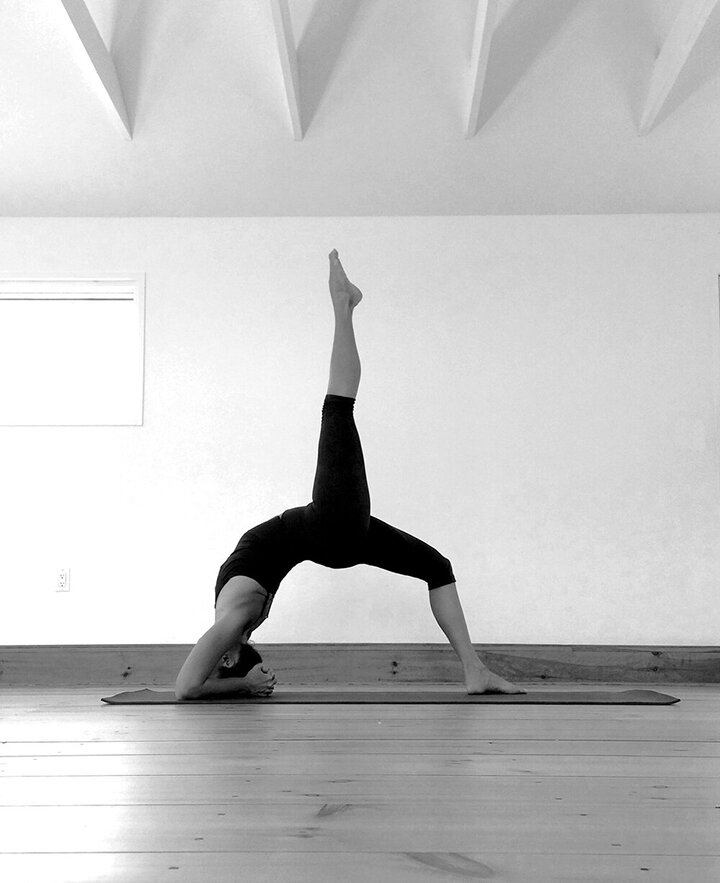
The Practice

Ashtanga Vinyasa Yoga, usually referred to simply as Ashtanga yoga, is a style of Yoga codified and popularized by the late Sri K. Pattabhi Jois and is often promoted as a modern-day form of classical Indian yoga. In 1948 Jois established the Ashtanga Yoga Research Institute in Mysore, India for teaching the specific Yoga practice known as Ashtanga (Sanskrit for “eight-limbed”) Yoga. Ashtanga Yoga is named after the eight limbs of Yoga mentioned in the Yoga Sutras of Patanjali.
Ashtanga Yoga—practiced in its correct sequential order, gradually leads the practitioner to rediscover his or her fullest potential on all levels of human consciousness—physical, psychological and spiritual. Through this practice of correct breathing (Ujjayi Pranayama), postures (Asanas), and gazing point (Dristi), we gain control of the senses and a deep awareness of ourselves. By maintaining this discipline with regularity and devotion, one acquires steadiness of body and mind.
Ashtanga literally means eight limbs. They are described by Patanjali as: Yama (abstinences), Niyama (observances), Asana (postures), Pranayama (breath control), Pratyahara (sense withdrawal), Dharana (concentration), Dhyana (meditation), and Samadhi (contemplation). These branches support each other. Asana practice must be established for proper practice of pranayama, and is a key to the development of the Yamas and Niyamas. Once these four externally oriented limbs are firmly rooted, the last four internally oriented limbs will spontaneously evolve over time.
Vinyasa means breath synchronized movement. Breath is the heart of this discipline, and links Asana to Asana in a precise order. By synchronizing movement with breathing and practicing the Bandhas (locks), an intense internal heat is produced. This heat purifies muscles and organs, expelling unwanted toxins as well as releasing beneficial hormones and minerals, which can nourish the body when the sweat is massaged back into the skin. The breath regulates the Vinyasa ensuring efficient circulation of blood.
There are three groups of sequences in the Ashtanga system. The Primary Series (Yoga Chikitsa) detoxifies and aligns the body. The Intermediate Series (Nadi Shodhana) purifies the nervous system by opening and clearing the energy channels. The Advanced Series A, B, C and D (Sthira Bhaga) integrate the strength and grace of the practice, requiring higher levels of flexibility and humility. Each level is to be fully developed before proceeding to the next. Each posture is a preparation for the next, developing the strength and balance required to move further.
Practice—it is said that where there is no effort there is no benefit. Strength, stamina and sweat are unique aspects of this traditional Yoga, seemingly contrary to Western perceptions of Yoga. This demanding practice requires considerable effort and taps into and circulates a vital energy throughout the body, strengthening and purifying the nervous system. The mind becomes lucid, clear and precise. Only through practice will we realize the truth. “Everything is God”.



